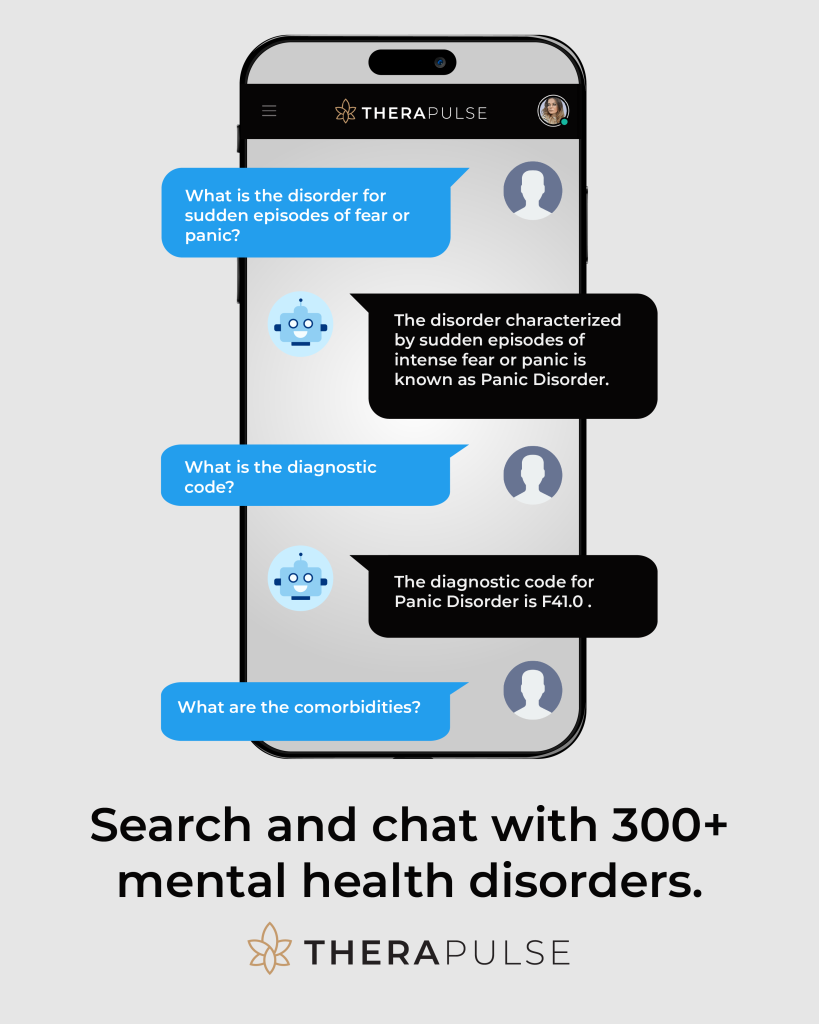A multicultural and multilingual client base is deeply rewarding for therapists. It offers the chance to connect with individuals who have diverse worldviews and values. However, working across cultures also presents significant challenges. Misdiagnoses and unconscious biases can easily cloud clinical judgment.
Below are five common pitfalls therapists should be aware of when working with culturally diverse clients.
1. Lack of Cultural Insight Leading to Misdiagnosis
Overpathologizing clients from unfamiliar backgrounds is a well-known risk in clinical psychology. For example, a child from a culture where extended family members are primary caregivers might be misdiagnosed with insecure attachment if therapists judge the child by Western, nuclear-family standards. In some West African communities, children develop close bonds with multiple adults, not just biological parents (Nsamenang, 1992).
Remember: John Bowlby’s attachment theory was shaped by Western norms (Bowlby, 1969). Therapists must recognize that certain behaviors can only be understood within their specific cultural context.
2. Misreading Emotional Expressions
Emotional expression is highly culture-specific. Japanese individuals, for instance, may express strong feelings through subtle facial cues, focusing on the eyes rather than the mouth (Matsumoto & Ekman, 1989). Some cultures value emotional restraint, which can be misinterpreted as indifference.
Key Point: A lack of outward emotional display does not mean the absence of emotion. Therapists should familiarize themselves with culturally specific ways of expressing feelings.
3. Underestimating the Significance of Bilingualism
Language shapes the therapeutic process far beyond just words. Research shows therapy is twice as effective when delivered in the client’s native language (Bailey, 2007). Non-English-speaking clients might experience a power imbalance when working with native English-speaking therapists (Bowker & Richards, 2004; Costa, 2010). Additionally, discussing trauma in a second language can reduce its emotional impact, potentially leading therapists to underestimate its severity (Tehrani & Vaughan, 2009).
How to Respond: Discuss language preferences with your clients. Offer to work with an interpreter or allow clients to use their mother tongue if possible, even if it means spending extra time clarifying meaning. This approach helps reduce power imbalances and supports a more collaborative relationship.
4. Minimizing the Influence of Belief Systems
Religious and spiritual beliefs often play a central role in how clients understand and cope with life events. For example, some cultures have rituals around mourning that reflect beliefs about the soul’s journey or the need for specific ceremonies to help the deceased transition (Radjack et al., 2023).
Clinical Insight: Even if you do not share your client’s beliefs, recognizing and respecting their significance can be crucial to the healing process.
5. Not Recognizing One’s Own Cultural Biases
Every therapist brings their own cultural assumptions to the therapeutic relationship. For example, co-sleeping with young children may be a common and accepted practice in a client’s culture, but could seem unusual or concerning from a Western perspective.
Self-Reflection: Ask yourself whether a client’s behavior is genuinely harmful or simply culturally different. Being aware of your own biases helps you distinguish between the two (Radjack et al., 2023).
Conclusion
Therapists working with culturally diverse clients must develop cross-cultural awareness and tools. Without this, we risk alienating our clients or providing counterproductive care.
Let’s Keep the Conversation Going!
How do you adapt your practice for multicultural settings? Share your experiences below!
References
- Bailey, S. (2007, February). Lost in translation. Monitor on Psychology, 38(2), 52–54. Link
- Bowlby, J. (1969). Attachment and loss: Vol. 1. Attachment. New York, NY: Basic Books.
- Bowker, P., & Richards, B. (2004). Speaking the same language? Psychodynamic Practice, 10(4), 459–478. https://doi.org/10.1080/14753630412331316573
- Costa, B. (2010). Mother tongue or non‐native language? Ethnicity and Inequalities in Health and Social Care, 3(1), 15–24. https://doi.org/10.5042/eihsc.2010.0144
- Matsumoto, D., & Ekman, P. (1989). American–Japanese cultural differences in intensity ratings of facial expressions of emotion. Motivation and Emotion, 13(2), 143–157. https://doi.org/10.1007/BF00992959
- Nsamenang, A. B. (1992). Human development in cultural context: A third world perspective. Newbury Park, CA: Sage Publications.
- Radjack, R., et al. (2023). Transcultural skills for early childhood professionals. Frontiers in Psychiatry, 14, 1112997. https://doi.org/10.3389/fpsyt.2023.1112997
- Tehrani, N., & Vaughan, S. (2009). Lost in translation – Using bilingual differences to increase emotional mastery following bullying. Counselling and Psychotherapy Research, 9(1), 11–17. https://doi.org/10.1080/14733140802656117
Author
-
Anne-Sophie Mpacko is a Tokyo-based Clinical Psychologist and a PhD candidate specialized in migration and perinatal mental health. Her research explores the experience of French mothers in Japan. She is also an a freelance writer, combining her expertise in psychology with a passion for sharing academic knowledge to a varied audience.





